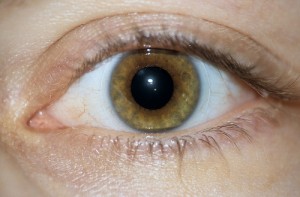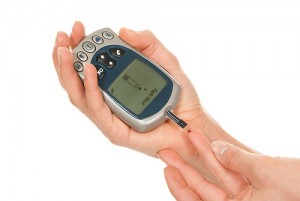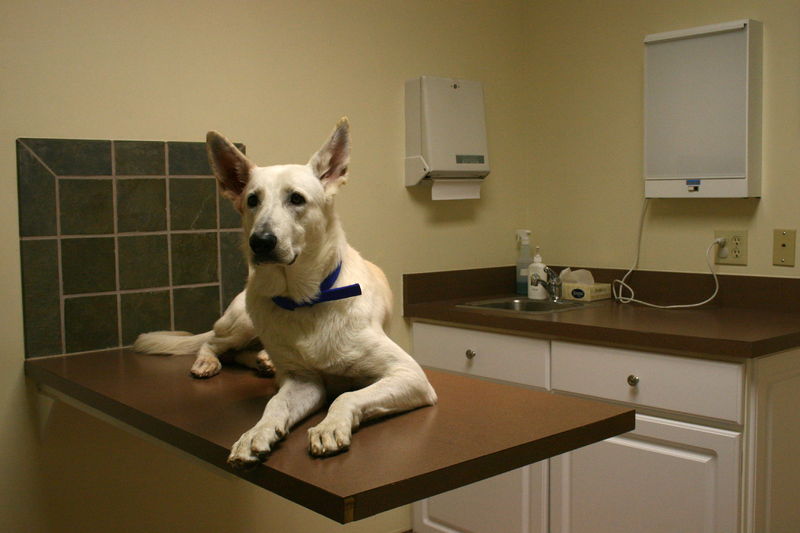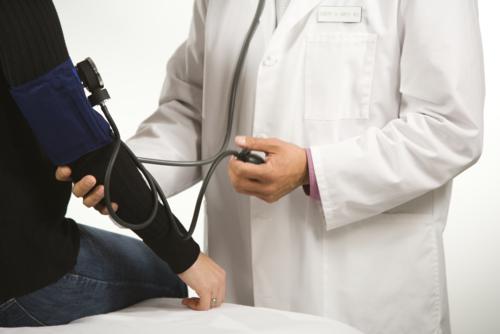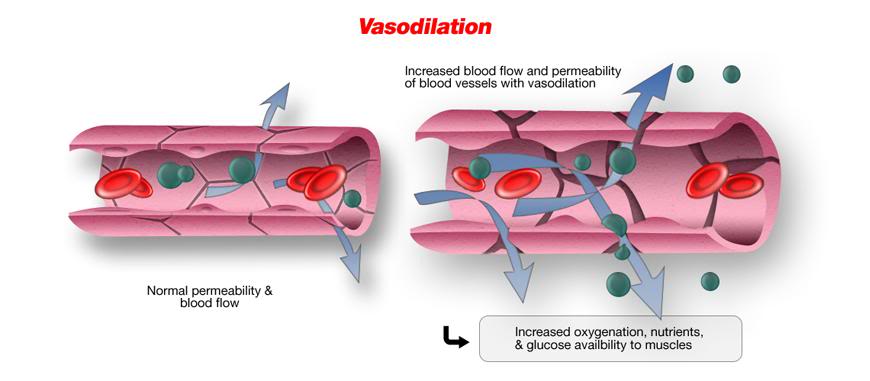Science often amazes us. Opportunity, a rover built by the National Aeronautics and Space Administration (NASA), has done just that by functioning 10 years after its launch. This might not seem remarkable, but when you find out it was built for a 3-month mission and yet is still making discoveries today, it becomes noteworthy.

A Lego Tribute of Opportunity. Source
The rover mission was launched to find out more about the conditions of early Mars and if life has existed there. Ten years ago, on January 24, 2004, Opportunity landed on Mars, joining another rover, Spirit. Spirit and Opportunity are identical. They both carry several scientific investigation instruments . These include a panoramic camera, several spectrometers, a microscopic imager, rock abrasion tools, navigation camera and hazard-avoidance cameras. All of these instruments allow the rovers to provide NASA with information about the composition of rocks on Mars.
The main discovery of the rovers has been confirmation that water existed on Mars at one time. Many journal articles have been written about the discoveries the rovers made.

How do these rovers work? The rovers get their power from solar panels. The engineers understood that Mars is a dusty planet and that the solar panels would eventually get covered in dust and stop functioning. Accordingly, the mission for the rovers was expected to last 90 days. Unexpectedly, strong winds that cause dust storms and cover the solar panels in dust also blow the dust off. This surprise has made the mission last 20 times longer than expected.
Unfortunately, Spirit is no longer actively roving. Its last known communication was on March 22, 2010. Spirit was hibernating during the Martian Winter and was expected to wake up in the spring but didn’t. NASA tried for a year to communicate with it but has since given up. Opportunity is still moving about and making discoveries such as mysteriously appearing rocks. Opportunity represents a science win.
~ Claire Curran











